
Mohandas Karamchand Gandhi was an Indian lawyer, anti-colonial nationalist and political ethicist who employed nonviolent resistance to lead the successful campaign for India's independence from British rule. He inspired movements for civil rights and freedom across the world. The honorific Mahātmā, first applied to him in South Africa in 1914, is now used throughout the world.

Sarvepalli Radhakrishnan was an Indian politician, philosopher and statesman who served as the second president of India from 1962 to 1967. He previously served as the first vice president of India from 1952 to 1962. He was the second ambassador of India to the Soviet Union from 1949 to 1952. He was also the fourth vice-chancellor of Banaras Hindu University from 1939 to 1948 and the second vice-chancellor of Andhra University from 1931 to 1936. Radhakrishnan is considered one of the most influential and distinguished 20th century scholars of comparative religion and philosophy, he held the King George V Chair of Mental and Moral Science at the University of Calcutta from 1921 to 1932 and Spalding Chair of Eastern Religion and Ethics at University of Oxford from 1936 to 1952.
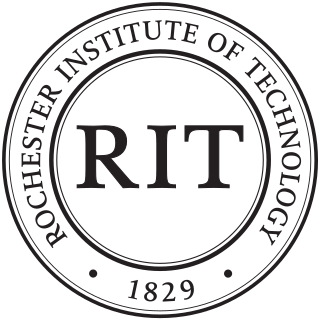
Rochester Institute of Technology (RIT) is a private research university in the town of Henrietta in the Rochester, New York, metropolitan area. It was founded in 1829.
The following outline is provided as an overview of and topical guide to Hinduism:
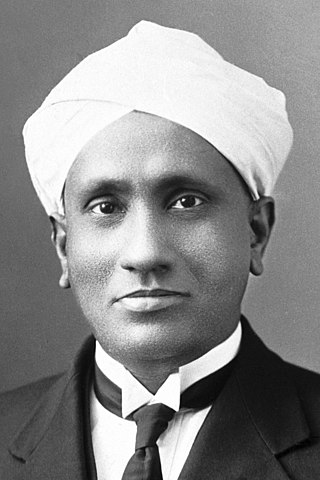
Sir Chandrasekhara Venkata Raman was an Indian physicist known for his work in the field of light scattering. Using a spectrograph that he developed, he and his student K. S. Krishnan discovered that when light traverses a transparent material, the deflected light changes its wavelength and frequency. This phenomenon, a hitherto unknown type of scattering of light, which they called "modified scattering" was subsequently termed the Raman effect or Raman scattering. Raman received the 1930 Nobel Prize in Physics for the discovery and was the first Asian to receive a Nobel Prize in any branch of science.
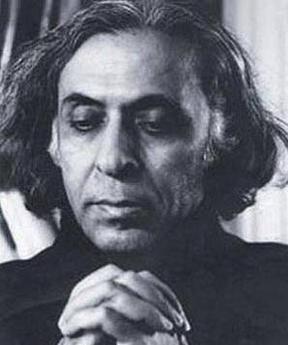
Raja Rao was an Indian-American writer of English-language novels and short stories, whose works are deeply rooted in metaphysics. The Serpent and the Rope (1960), a semi-autobiographical novel recounting a search for spiritual truth in Europe and India, established him as one of the finest Indian prose stylists and won him the Sahitya Akademi Award in 1963. For the entire body of his work, Rao was awarded the Neustadt International Prize for Literature in 1988. Rao's wide-ranging body of work, spanning a number of genres, is seen as a varied and significant contribution to Indian English literature, as well as World literature as a whole.
Shuddhi is Sanskrit for purification. It is a term used to describe a Hindu religious movement aimed at the religious conversion of non-Hindus of Indian origin to Hinduism.
Albert Joseph Simone is a former president of Rochester Institute of Technology (RIT) and the University of Hawaiʻi System.
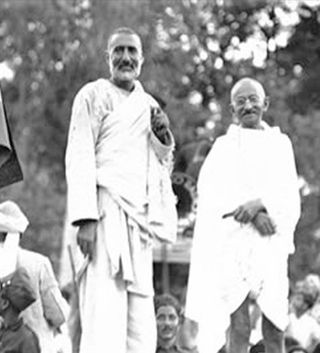
Gandhism is a body of ideas that describes the inspiration, vision, and the life work of Mohandas K. Gandhi. It is particularly associated with his contributions to the idea of nonviolent resistance, sometimes also called civil resistance.
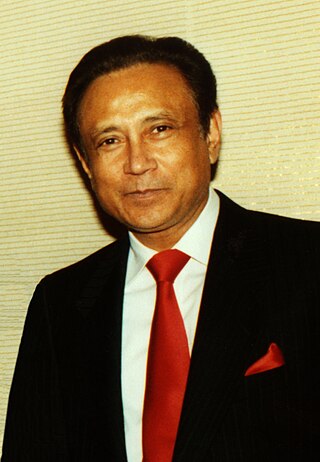
Mani Lal Bhaumik is an Indian American physicist and an internationally bestselling author, celebrated lecturer, entrepreneur and philanthropist.
The Institute on Religion in an Age of Science (IRAS) is a non-denominational society that promotes and facilitates the ongoing dialectic between religion and science. The Institute has held annual week-long conferences at Star Island in New Hampshire since 1954. The conference attracts about 250 members and non-members each year. The 1964 conference, for example, was attended by 215 conferees, with speeches by figures including Theodosius Dobzhansky.

Krista Tippett is an American journalist, author, and entrepreneur. She created and hosts the public radio program and podcast On Being. In 2014, Tippett was awarded the National Humanities Medal by U.S. President Barack Obama.
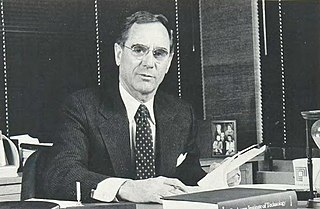
Merle Richard Rose was an American academic. He was the tenth president of Alfred University from 1974 until 1978, when he left to become the seventh president of the Rochester Institute of Technology from 1979 until 1992.

John Arthur Randall was the fourth President of the Rochester Institute of Technology, succeeding Royal B. Farnum, from 1922 to 1936.

On Being is a podcast and a former public radio program. Hosted by Krista Tippett, it examines what it calls the "animating questions at the center of human life: What does it mean to be human, and how do we want to live?"
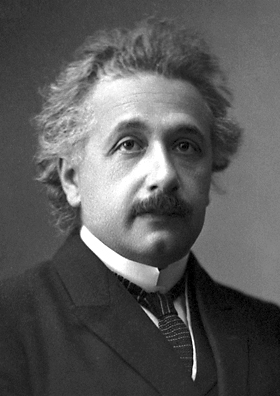
Albert Einstein's religious views were that he was an agnostic. They have been widely studied and often misunderstood. Albert Einstein stated "I believe in Spinoza's God". He did not believe in a personal God who concerns himself with fates and actions of human beings, a view which he described as naïve. He clarified however that, "I am not an atheist", preferring to call himself an agnostic, or a "religious nonbeliever." In other interviews, he has stated that he thinks there is a "lawgiver" who sets the laws of the universe. Einstein also stated he did not believe in life after death, adding "one life is enough for me." He was closely involved in his lifetime with several humanist groups.

Invading the Sacred: An Analysis of Hinduism Studies in America is a book published in 2007 by Rupa & Co. which argues that there are factual inaccuracies in Hindu studies. The editors of the book are Krishnan Ramaswamy, Antonio T. de Nicolás, and Aditi Banerjee. The book has contributions from Arvind Sharma of McGill University, S. N. Balagangadhara of Ghent University, psychoanalyst Alan Roland, Yvette Rosser, Ramesh N. Rao, Pandita Indrani Rampersad, Yuvraj Krishnan, and others. Rajiv Malhotra played a large role in drafting most of the book's content. He stated that through this book, he intended to bring attention to, and provide a counter-argument to, the prevalent Freudian psychoanalytical critiques of Hinduism in the American Academy of Religion's RISA group. After the controversy surrounding Wendy Doniger's book The Hindus: An Alternative History erupted in India, the authors decided to make it freely available online as it critiques a major part of her work.

Neo-Vedanta, also called Hindu modernism, neo-Hinduism, Global Hinduism and Hindu Universalism, are terms to characterize interpretations of Hinduism that developed in the 19th century. The term "Neo-Vedanta" was coined by German Indologist Paul Hacker, in a pejorative way, to distinguish modern developments from "traditional" Advaita Vedanta.
Encyclopedia of Hinduism, 1st ed., 2012, is a comprehensive, multi-volume, English language encyclopedia of Hinduism, comprising Sanātana Dharma, a Sanskrit phrase, meaning "the eternal law", or the "eternal way", that is used to refer to Hinduism, Buddhism, Jainism and Sikhism. It is a 7,184 page, 11-volume publication with full-color illustrations of temples, places, thinkers, rituals and festivals. Encyclopedia of Hinduism is an inspiration and dream project of Swami Chidanand Saraswati, President of Parmarth Niketan and India Heritage Research Foundation. Under preparation for 25 years, it has been edited by Dr. Kapil Kapoor with contribution from over 2000 scholars.
Ganeshan Venkataraman is an Indian condensed matter physicist, writer and a former vice chancellor of the Sri Sathya Sai University. An elected fellow of the Indian National Science Academy, and the Indian Academy of Sciences, Venkataraman is a recipient of Jawaharlal Nehru Fellowship, Sir C. V. Raman Prize of the University Grants Commission and the Indira Gandhi Prize for Popularisation of Science of the Indian National Science Academy. The Government of India awarded him the fourth highest civilian award of Padma Shri in 1991.
















